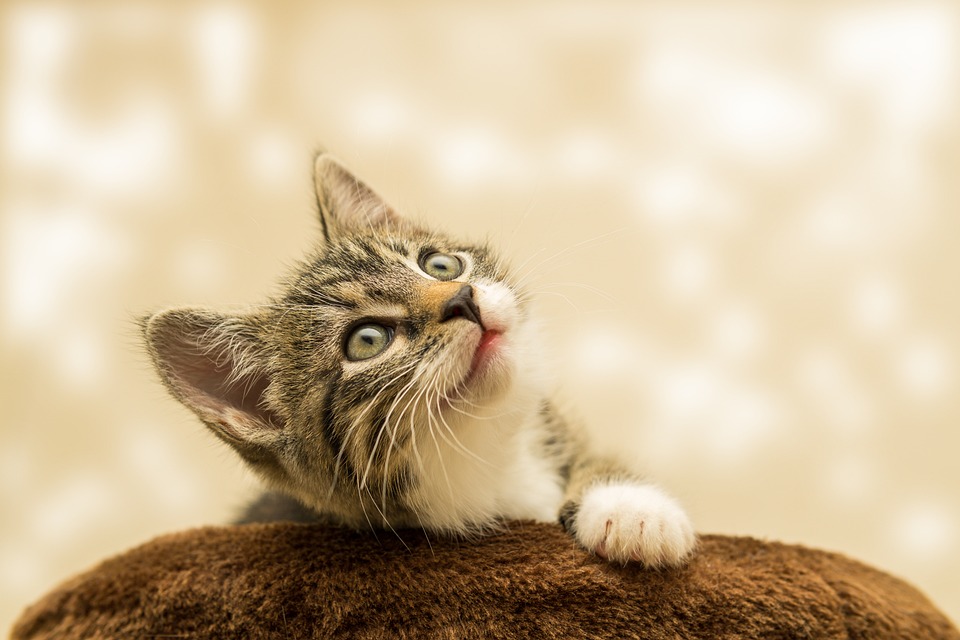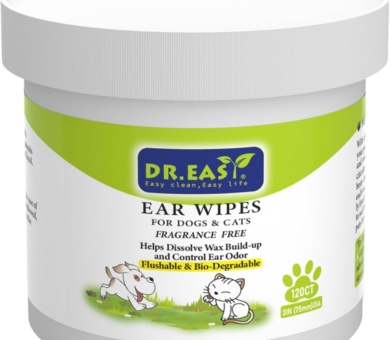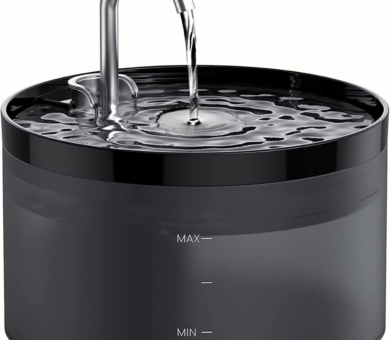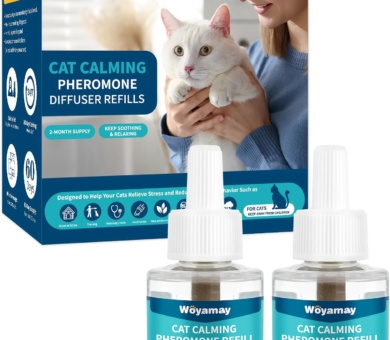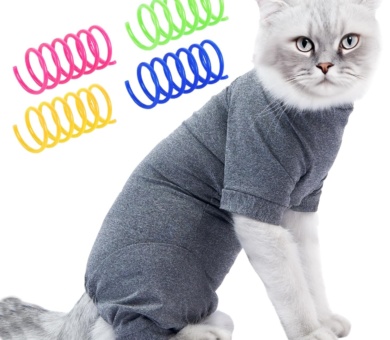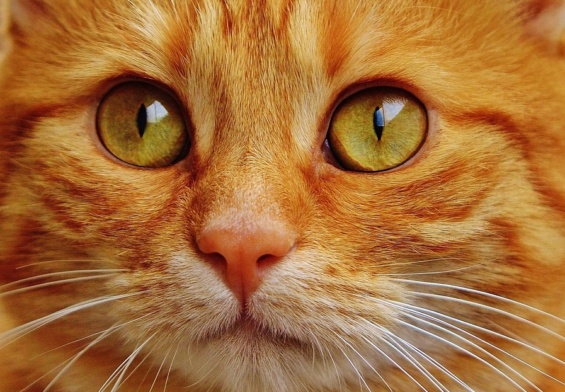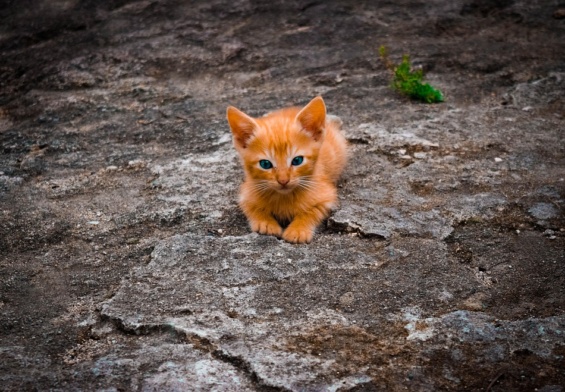Omega-3s for Cats: Why They’re Still Essential in 2025 (And How to Choose the Best)
In the ever-evolving world of pet nutrition, some truths remain constant—like the critical role of omega-3 fatty acids in feline health. As we step into 2025, advancements in veterinary science and sustainability practices have reshaped the supplement landscape, but omega-3s continue to be a non-negotiable part of a cat’s diet. Here’s why these nutrients are still vital and how to navigate the latest options to find the best for your feline friend.
The Science Behind Omega-3s for Cats
Omega-3s, particularly eicosapentaenoic acid (EPA) and docosahexaenoic acid (DHA), are essential fatty acids cats cannot produce on their own. While plant-based alpha-linolenic acid (ALA) from sources like flaxseed exists, cats lack the enzymes to convert ALA efficiently into usable EPA and DHA. This makes marine-derived omega-3s—from fish oil, krill, or algae—the gold standard for feline health.
Why Omega-3s Remain Essential in 2025
- Skin & Coat Health: Omega-3s combat dryness and itching, promoting a glossy coat and reducing allergens.
- Anti-Inflammatory Powerhouse: They alleviate symptoms of arthritis, inflammatory bowel disease, and skin allergies, which remain common in aging cats.
- Brain & Vision Support: DHA is crucial for cognitive function and retinal health, especially in kittens and senior cats.
- Heart & Kidney Benefits: Emerging 2025 studies highlight their role in reducing cardiovascular strain and supporting kidney function, a boon for cats with chronic conditions.
- Immunity Boost: New research underscores omega-3s’ ability to modulate immune responses, helping cats fend off infections.
Navigating the 2025 Supplement Market
With a surge in pet wellness innovation, selecting the right omega-3 supplement requires vigilance. Here’s what to prioritize:
-
Source Matters:
- Fish Oil: Look for wild-caught, small fish (sardines, anchovies) to minimize toxins. Brands like Nordic Naturals prioritize sustainability.
- Krill Oil: A rising star in 2025, krill offers EPA/DHA in phospholipid form for better absorption and is eco-friendly due to regulated harvesting.
- Algae-Based: Ideal for vegan-conscious owners, newer algae strains now provide bioavailable DHA, though EPA levels may vary.
-
Purity & Potency:
- Opt for molecularly distilled products to remove heavy metals and PCBs.
- Check labels for EPA/DHA concentrations—aim for at least 250 mg combined per serving.
-
Form & Palatability:
- Liquid oils (easy to mix with food) and soft gels (pierced for dosing) are popular. Treats infused with omega-3s, like VetriScience’s Omega-3 bites, cater to picky eaters.
-
Sustainability Credentials:
- Certifications from Friend of the Sea or MSC ensure ethical sourcing. Brands are now transparent about carbon-neutral production.
- Added Nutrients:
- Supplements with vitamin E prevent oxidation and address oxidative stress.
Future-Proofing Your Cat’s Health
2025 trends emphasize personalized nutrition, with DNA-based kits tailoring omega-3 doses to your cat’s breed and health profile. Meanwhile, lab-grown algae oils and insect-derived omega-3s are gaining traction as sustainable alternatives.
The Bottom Line
Despite new trends, omega-3s remain irreplaceable for cats. When choosing a supplement, prioritize marine sources, third-party testing, and eco-conscious practices. Always consult your vet to determine the right dosage and formulation—because in 2025, a proactive approach to feline health is clearer than ever.
Your cat’s vitality starts with informed choices. Stay ahead of the curve by embracing omega-3s that blend science, quality, and sustainability.



